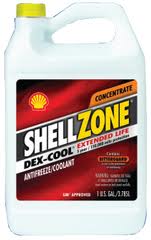

When air gets into this sealed system, air pockets can form and cause blockages, which can lead to bubbling and overheating.īubbling indicates rising air pressure in the cooling system, which is a sign that the flow of liquid is blocked by a pocket of air.

How does air get in the system and how I can fix it?Ĭooling systems in most cars are pressurised, and rely on a leak-free closed circuit of hoses to pump coolant/antifreeze around the engine.What is the boiling point of coolant/antifreeze?.Why does air in the cooling system cause overheating?.

Use the links below to jump to the section you need or read on for the complete guide. There are several possible causes for air pockets in the cooling system, and we’ll cover these as part of our guide on what it means when coolant/antifreeze bubbles in the system. When air is allowed to enter this sealed system, blockages and bubbling can occur, which can lead to the engine overheating. These hoses are arranged in a sealed loop, which allows a smooth and constant flow of coolant/antifreeze to reach components including the head gasket, cylinder heads and engine block – keeping the engine working at the right temperature. Car cooling systems rely on a sealed network of hoses to pump coolant/antifreeze around an engine.


 0 kommentar(er)
0 kommentar(er)
